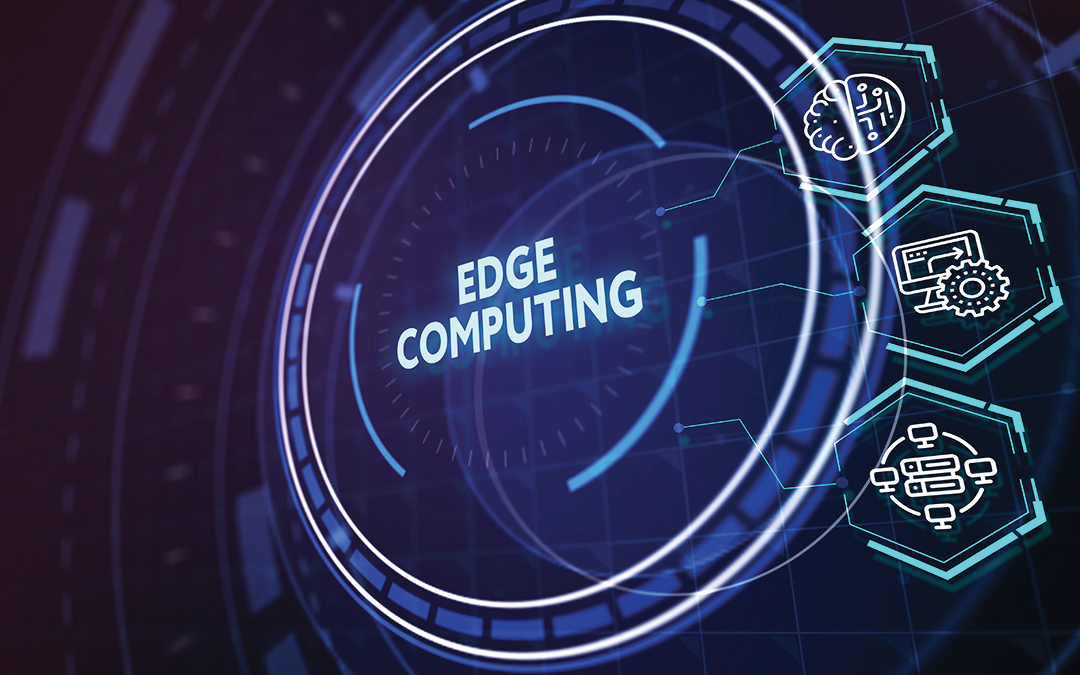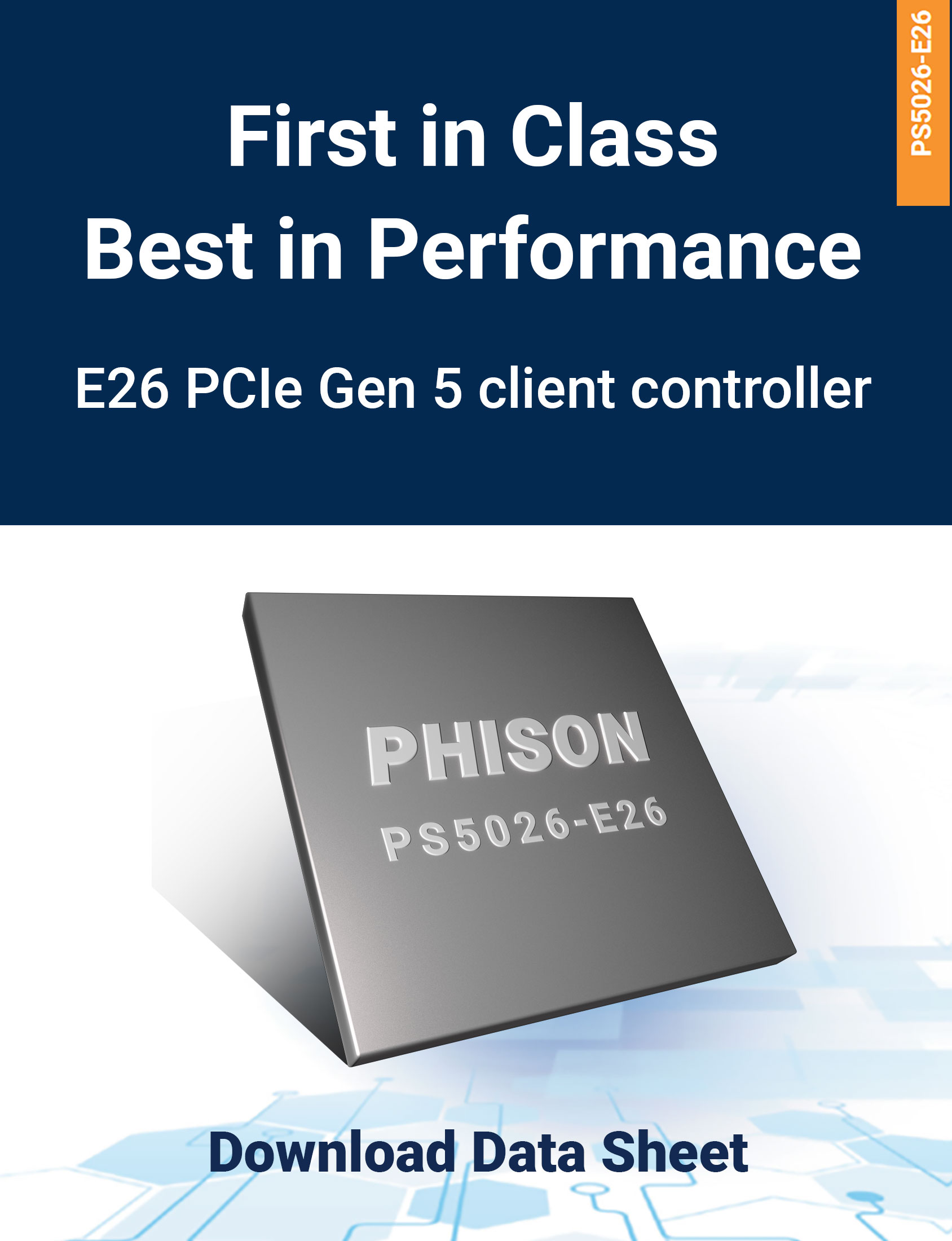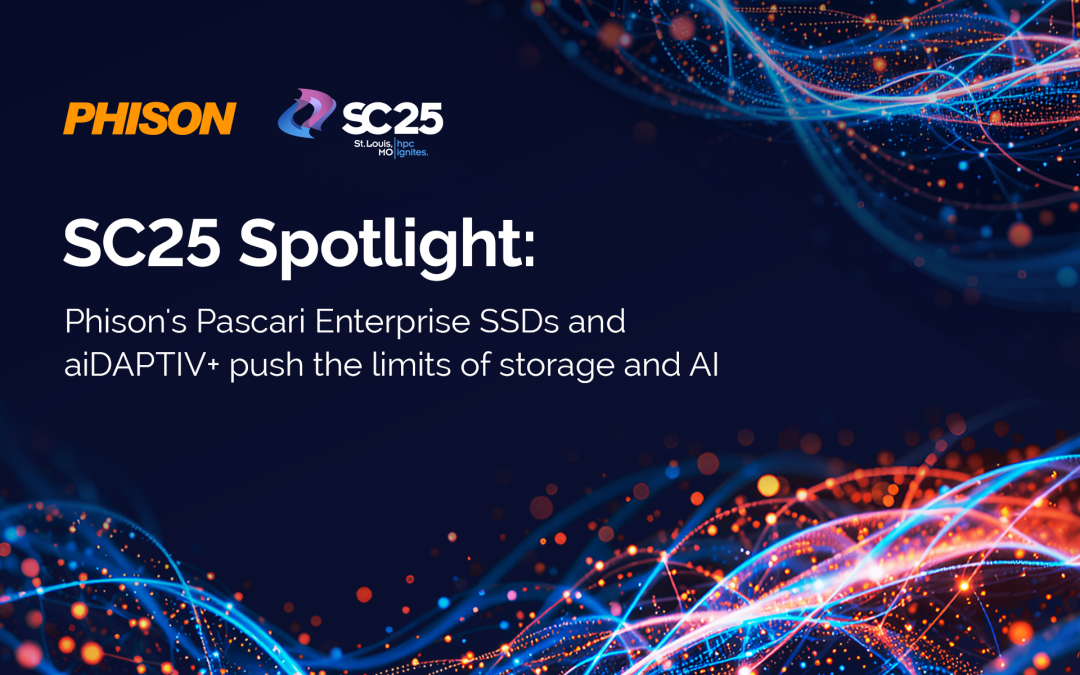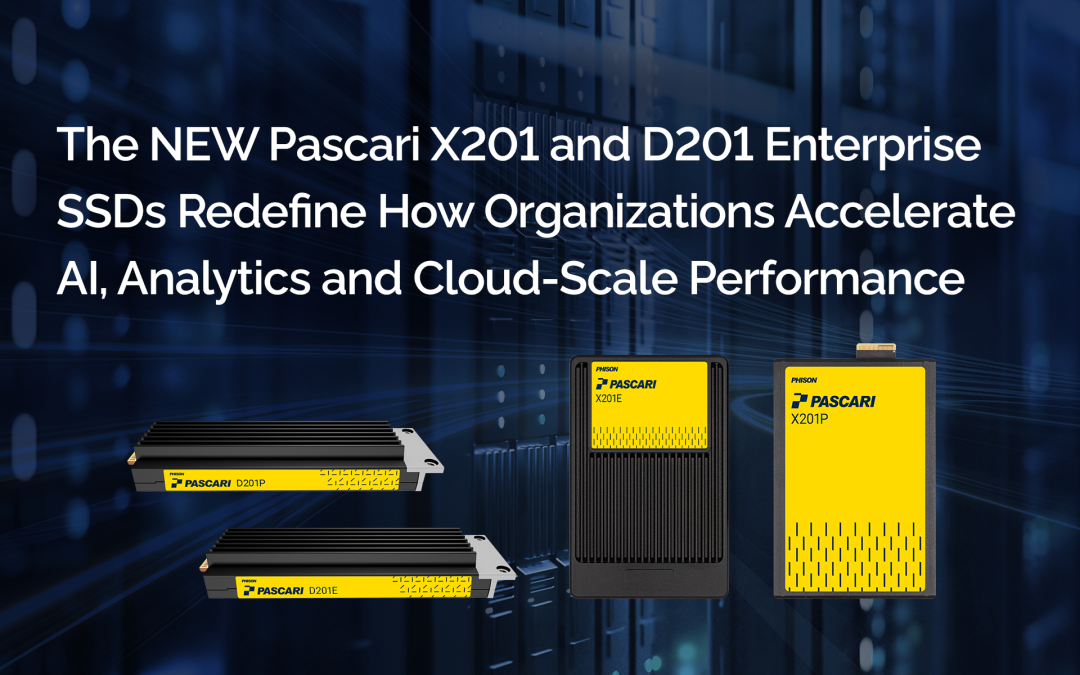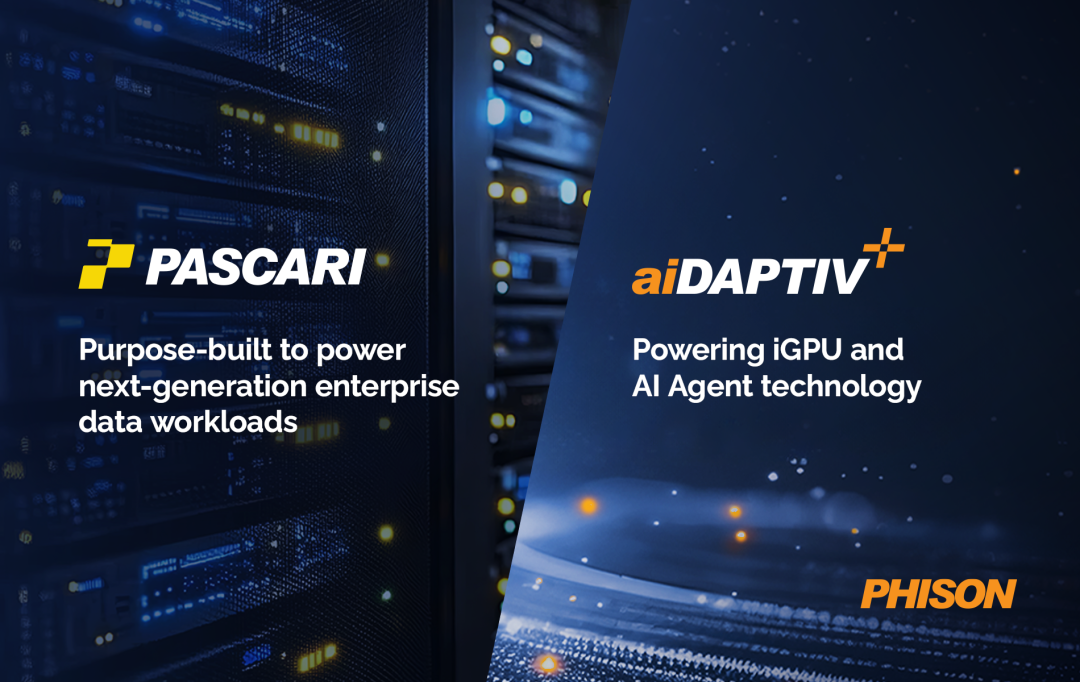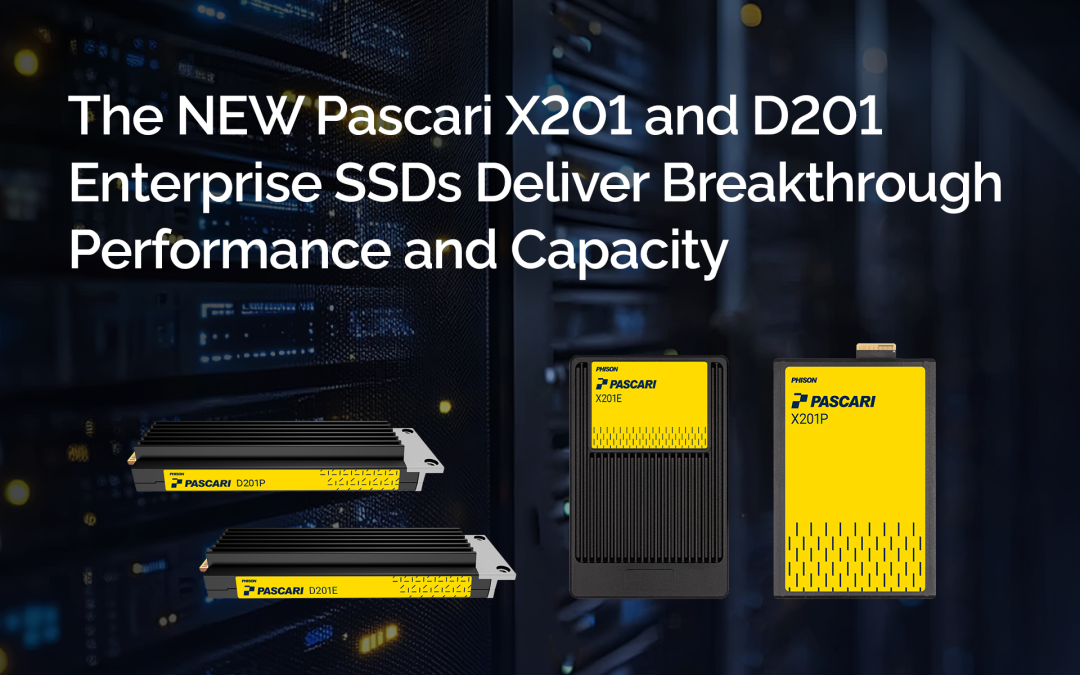The edge is an important part of many enterprises’ IT infrastructure. Edge computing enables organizations to process data more quickly and efficiently because it’s processed at the same location where it was collected. For instance, a remote surveillance system at a warehouse would include a series of cameras with on-board data storage and computer chips that could analyze real-time video footage as it was captured—and software that could recognize anomalies and situations where law enforcement or warehouse supervisors should be notified.
Traditional IT infrastructure would have to send that video footage over a network to a centralized location that housed the systems and software designed to be processed and later stored. Processing footage on the scene as it comes in is much more efficient than sending it miles over a network to identify anomalies or potential issues.
In human time, those delays might be mere minutes or seconds, but in computing time it could mean the difference between handling an issue proactively before it gets out of hand. Consider how the speed of edge computing could benefit traffic light systems, for instance, or improve accident response and mitigation in autonomous vehicles. It’s especially beneficial in applications that require very low latency.
Industry analysts at Gartner have estimated that 75% of data generated by enterprises will be created and processed on edge devices by 2025. Edge computing has the potential to significantly improve performance, security and reliability of services and applications, as well as reducing operating costs.
The edge presents a range of challenges for data storage
While the lower operating costs, low latency and network optimization benefits of edge computing are attractive to enterprises, there are some challenges that come with those benefits.
First of all, edge devices can be placed in a variety of harsh environmental conditions, such as outdoor devices that must withstand rain, wind, extreme heat and extreme cold. The devices might be subject to being shocked or jostled (in a vehicle, for instance) and must be robust enough to keep operating no matter what.
Besides all the environmental challenges, edge devices must deliver consistent and stable performance in a compact size with high reliability. They need to be able to store and process large amounts of data and continually monitor and manage that data.
These requirements for edge data storage have driven many device manufacturers to embed high-performance SSDs for reliable, resilient storage.
SSDs need resiliency to support edge computing needs
SSD resiliency is especially important at the edge because edge devices are typically remote and often embedded or placed in areas that might be hard to reach if they fail. If an SSD fails in the data center, there’s always someone there to repair or replace it. Outside of the data center, edge devices might be more at risk of unexpected power failures as well.
Resiliency essentially refers to the life of the SSD—how long it will last under normal operations. High resiliency means organizations will experience less downtime in their edge devices and can realize the full potential of edge computing benefits.
While the lifespan of an SSD will vary greatly depending on many factors, such as its age, terabytes written (TBW) over time and drive writes per day (DWPD), SSD manufacturers have several ways to maximize the resiliency of their SSD solutions. These include:
-
-
- Wear leveling – On an SSD, data is stored in blocks on NAND flash cells, and every time the device saves or retrieves data from those cells, they wear down a tiny bit. Wear leveling spreads read, write and erase cycles evenly among all NAND flash cells so they wear down at approximately the same rate.
-
-
-
- Error correction code (ECC) – Over time, blocks in NAND flash cells can become corrupted or weak, which leads to bit errors. ECC can identify those blocks and repair them automatically.
-
-
-
- Garbage collection – SSDs can manage the erasure and placement of data on blocks in the NAND flash cells. Garbage collection shifts data around to achieve an many empty blocks as possible so the system doesn’t have to erase an entire block of data before writing new data. This helps improve performance and also helps prolong SSD life.
-
-
-
- Power-loss protection (PLP) – This feature protects data from being erased or lost if the device loses power. It uses a small bit of emergency power to transfer any data on the DRAM (memory of the SSD) over to the NAND flash cells so that data isn’t lost.
-
SSD firmware is critical to high resiliency—and Phison firmware delivers
SSD firmware, or the SSD controller, is an extremely important component to SSD resiliency. It’s the control system that enables and manages how data is stored and accessed and how it’s written to the NAND flash cells. The SSD controller oversees wear leveling, ECC, garbage collection, PLP and all the other features and capabilities of the drive.
Phison is a world-class leader in the design and manufacture of SSD controllers, SSDs and many other data storage solutions for modern enterprises. The company continually makes significant investments in R&D to remain on the cutting-edge of SSD technologies. For example, Phison’s development team has spent more than two decades perfecting the company’s advanced ECC capabilities. The company has also implemented machine learning in error recovery flow to improve SSD performance, data retention and reliability.
As enterprises increasingly embrace edge computing, they will need edge-based data storage that can keep up with the performance and reliability users expect. With Phison SSDs, organizations can reap the many benefits of edge computing with confidence that their on-device data storage is resilient and long-lasting to meet all of their needs.
